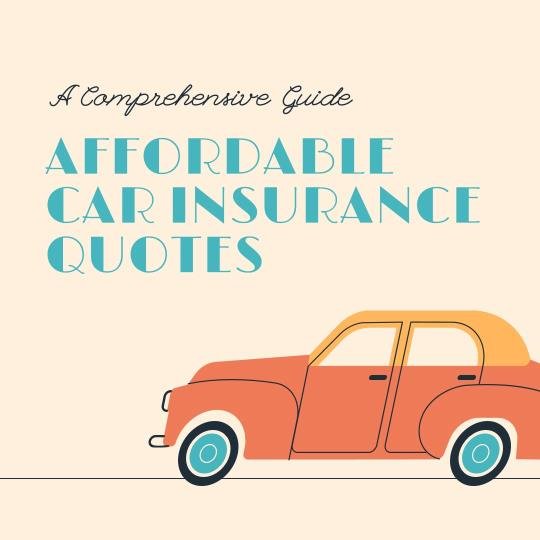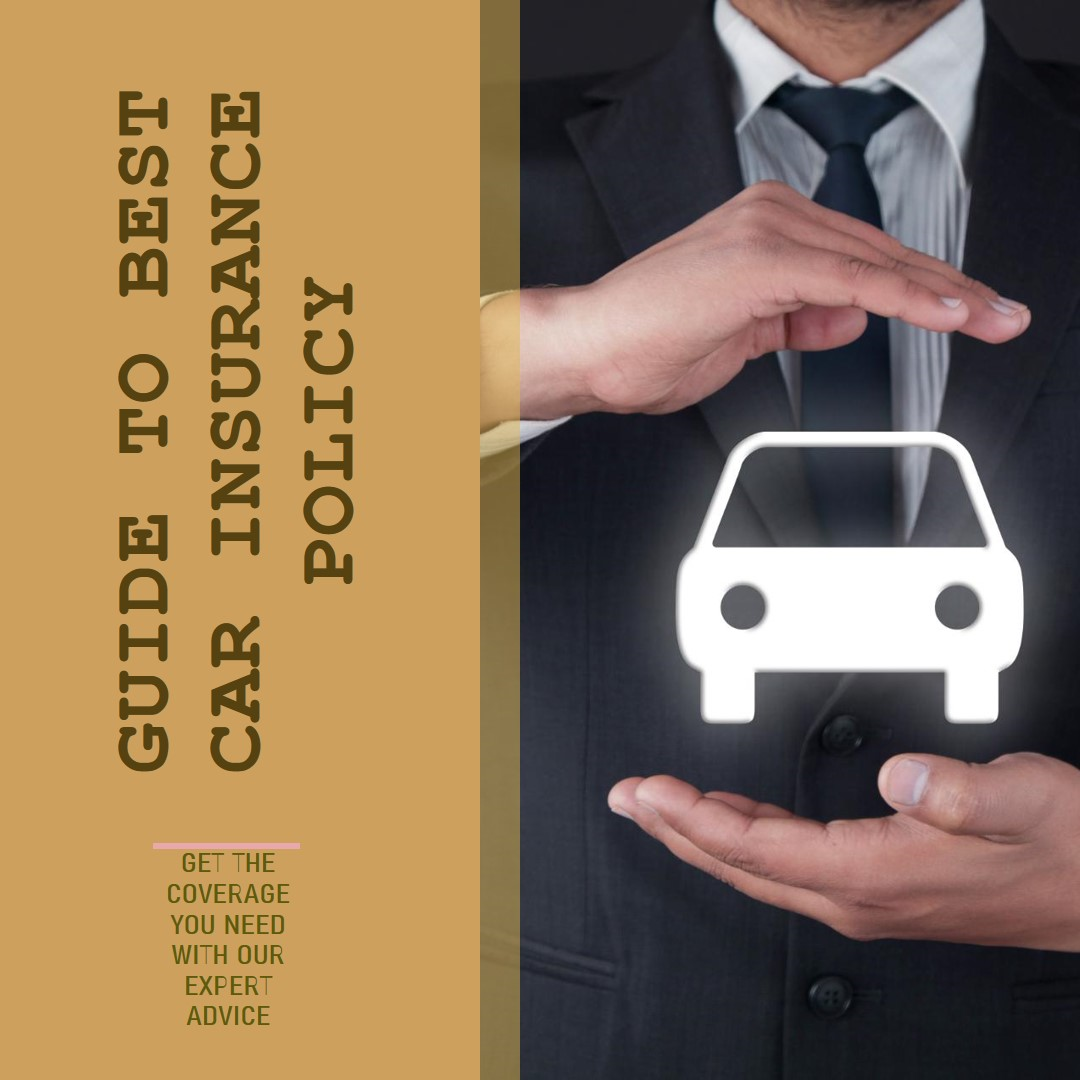Auto insurance is a crucial component of vehicle ownership. It not only ensures compliance with legal requirements but also provides vital financial protection in case of accidents or other unforeseen events. In this comprehensive guide, we will explore the various aspects of auto insurance, helping you understand how to choose the best policy for your needs.
Understanding Auto Insurance
What is Auto Insurance?
Auto insurance is a contract between you and an insurance company. In exchange for your premium payments, the insurer agrees to cover your financial losses as outlined in your policy. This coverage can include liability for injuries and property damage, medical expenses, and compensation for vehicle damage or theft.
Types of Auto Insurance Coverage
- Liability Coverage: This is the most basic form of auto insurance and is required by law in most states. It covers the costs associated with injuries or property damage to others if you are at fault in an accident.
- Collision Coverage: This covers the cost of repairing or replacing your car after an accident, regardless of who is at fault.
- Comprehensive Coverage: This protects against damage to your car from non-collision events such as theft, vandalism, fire, or natural disasters.
- Personal Injury Protection (PIP): This covers medical expenses for you and your passengers, regardless of who is at fault.
- Uninsured/Underinsured Motorist Coverage: This provides protection if you are involved in an accident with a driver who has insufficient or no insurance.
Factors Affecting Auto Insurance Rates
Driving Record
Your driving history is a significant factor in determining your insurance premiums. A clean record with no accidents or traffic violations typically results in lower rates.
Age and Gender
Young drivers, particularly males under 25, often face higher premiums due to their increased risk of accidents.
Vehicle Type
The make, model, and year of your car influence your insurance costs. High-performance cars or luxury vehicles usually come with higher premiums.
Location
Where you live also affects your insurance rates. Urban areas with higher traffic density and crime rates generally have higher premiums compared to rural areas.
Credit Score
In many states, insurers use your credit score to help determine your rates. A higher credit score can lead to lower premiums.
Tips for Finding the Best Auto Insurance
Shop Around
Insurance rates can vary significantly between companies. It’s crucial to compare quotes from multiple insurers to find the best deal.
Look for Discounts
Many insurance companies offer discounts that can help lower your premium. These can include multi-policy discounts, safe driver discounts, and discounts for completing defensive driving courses.
Choose the Right Coverage
Evaluate your needs to determine the appropriate level of coverage. While it might be tempting to opt for the minimum required coverage to save money, this could leave you financially vulnerable in the event of a significant accident.
Consider Your Deductible
A higher deductible can lower your premium, but make sure you choose a deductible that you can afford in case you need to file a claim.
Review and Update Your Policy Regularly
Your insurance needs can change over time. Review your policy annually and make adjustments as necessary to ensure you’re getting the best coverage at the best rate.
Understanding the Claims Process
Filing a Claim
If you need to file a claim, contact your insurance company as soon as possible. Provide all necessary details, including the date, time, and location of the incident, as well as any relevant documentation such as police reports and photos of the damage.
Claims Adjuster
An insurance claims adjuster will assess the damage to your vehicle and determine the payout amount based on your policy’s coverage. Be prepared to answer questions and provide additional information if needed.
Repair and Settlement
Once your claim is approved, you can proceed with repairs. Some insurers have preferred repair shops, but you may also have the option to choose your own. Ensure you understand the settlement process and any out-of-pocket costs you may incur.
Common Auto Insurance Myths Debunked
Myth: Red Cars Cost More to Insure
Contrary to popular belief, the color of your car does not affect your insurance rates. Insurers are more concerned with the make, model, and year of your vehicle, as well as your driving history and other factors.
Myth: Older Cars Don’t Need Comprehensive Coverage
While it’s true that older cars may not need as much coverage as newer ones, comprehensive coverage can still be beneficial. It protects against non-collision damages that could result in costly repairs.
Myth: Your Insurance Covers Personal Belongings in the Car
Auto insurance typically does not cover personal items stolen from your vehicle. For this type of coverage, you would need a homeowner’s or renter’s insurance policy.
Conclusion
Auto insurance is a vital part of vehicle ownership, providing financial protection and peace of mind. By understanding the different types of coverage, factors affecting rates, and how to find the best policy, you can make informed decisions and ensure you have the protection you need. Regularly review and update your policy to adapt to your changing needs and circumstances.



